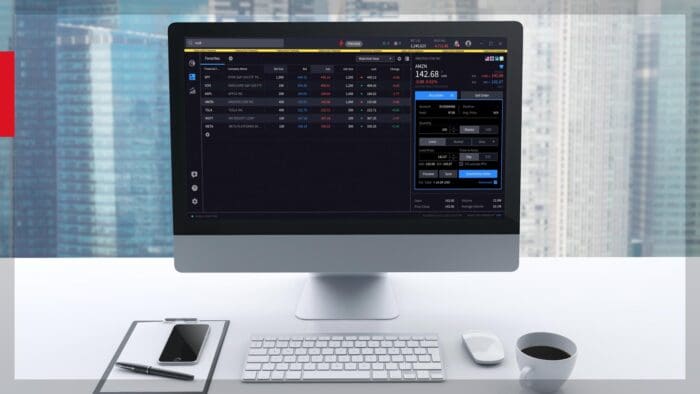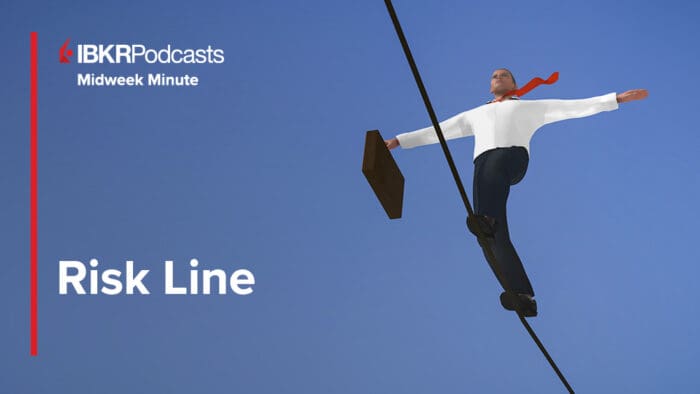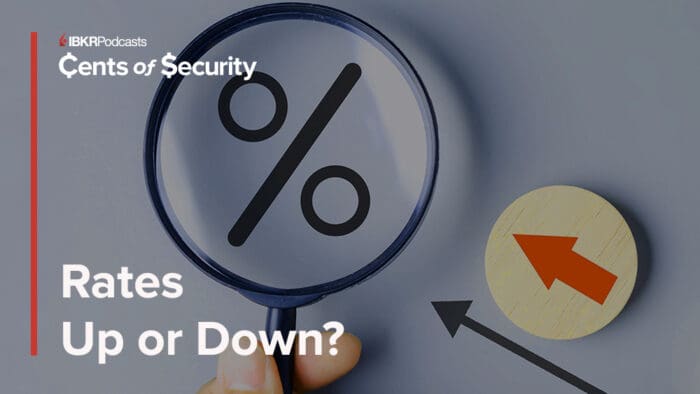If you haven’t seen the news, quant traders, Jane Street has been banned for now from the Indian stock market. Why should you care?
Because Jane Street is a massive force in the US stock market. Holding put/call positions, it outranks thousands of stock-pickers owning the actual equities.
By the way, I wrote last week that we had a pounding momentum market – but to beware how it might suddenly end. It did.
To Jane Street, here’s what’s happened. Volumes driven by retail trading in options attracted big Fast Traders including Jane Street, which generated global returns of nearly $22 billion in 2024.
India became the world’s dominant derivatives market, with notional options value eclipsing $3 trillion daily, far surpassing the US market.
The linchpin permitting the boom was the decision by Indian stock exchanges to follow their American counterparts in offering co-location services. That’s where high-speed firms place servers in the same facility with exchange hardware.
Using superior trading technology and data, firms like Jane Street can move markets and capture gaps between stocks and associated derivatives.
It’s happened to you. Say you bought INTC for $23.5879 per share. How does it trade to two decimals beyond pennies? Somebody like Jane Street slid between a bid to buy for $23.58 and an offer to sell for $23.59 and “crossed the spread” to fill both sides.
Jane Street paid the seller $23.5849, let’s say, and kept the spread of $0.003 per share, or 30 cents per hundred.
The sudden carpet-calling for Jane Street imploded derivatives volumes in the Indian market. That suggests Jane Street was its engine. Jane Street is pushing back, claiming it engaged only in “basic arbitrage.”
That’s actually a big admission. I’m not for or against Jane Street or any other Fast Trader per se. Jane Street calls itself a “quantitative trading firm and liquidity provider.” The Jane Streets of the world are the reason retail traders enjoy commission-free trading. They buy order flow.
But there is no such thing as free trading. What one gives up for free trades is information. Retail orders are information. For more, join our live Discussion Jul 10. Or sign up for our daily free Market Desk Notes.
When Jane Street admits to basic arbitrage, it’s saying it buys and sells the same things at different prices. The problem is that the term “arbitrage” emits a faintly rapacious odor. You have the sense you’ve been screwed by someone.
Jane Street is accused in India of inflating volume in the options market for individual stocks while simultaneously moving the index options market the opposite direction with its immense capacity to place and cancel trades and reprice the markets for both.
I think it happens here. Routinely the futures market bears no resemblance to how stocks behave during market hours. And markets can move way up or down before closing flat.
That’s all a product of arbitrage – machines capturing gaps because they’re faster than everyone else and able to see in the data when the turn is coming.
We tell investors using EDGE that one can only outsmart Fast Traders by observing Demand/Supply imbalances and extending one’s timeframe beyond a day – the general range Fast Traders pursue.
We had no “high frequency trading” until the 1990s when computerized traders started exploiting the “Small Order Execution System,” getting branded SOES (pronounced “Soze”) bandits. Computers cut the line with 100-share orders to get ahead of other buyers and sellers.
But computerized trading didn’t explode until after Regulation National Market System in 2007 permitted exchanges to incentivize firms to buy or sell. That’s the “maker-taker” market where exchanges give trading credits to those setting the bid and offer.
They do it to capture price-setting trades, which become valuable data worth billions of dollars to stock exchanges. That’s how the market works.
It’s improbable that US regulators will put a similar kybosh on Jane Street. Our market depends on arbitrage, because ETFs require it. No other purpose keeps an ETF aligned with its underpinning basket of stocks.
But quant traders, you must account for it. Stretch your timeframe, trade Demand/Supply imbalances. Otherwise, you’ll always be chasing Jane Street. To learn more, attend our live Discussions.
Disclosure: Interactive Brokers Third Party
Information posted on IBKR Campus that is provided by third-parties does NOT constitute a recommendation that you should contract for the services of that third party. Third-party participants who contribute to IBKR Campus are independent of Interactive Brokers and Interactive Brokers does not make any representations or warranties concerning the services offered, their past or future performance, or the accuracy of the information provided by the third party. Past performance is no guarantee of future results.
This material is from Market Structure EDGE and is being posted with its permission. The views expressed in this material are solely those of the author and/or Market Structure EDGE and Interactive Brokers is not endorsing or recommending any investment or trading discussed in the material. This material is not and should not be construed as an offer to buy or sell any security. It should not be construed as research or investment advice or a recommendation to buy, sell or hold any security or commodity. This material does not and is not intended to take into account the particular financial conditions, investment objectives or requirements of individual customers. Before acting on this material, you should consider whether it is suitable for your particular circumstances and, as necessary, seek professional advice.
Disclosure: Options Trading
Options involve risk and are not suitable for all investors. For information on the uses and risks of options, you can obtain a copy of the Options Clearing Corporation risk disclosure document titled Characteristics and Risks of Standardized Options by going to the following link ibkr.com/occ. Multiple leg strategies, including spreads, will incur multiple transaction costs.
Disclosure: ETFs
Any discussion or mention of an ETF is not to be construed as recommendation, promotion or solicitation. All investors should review and consider associated investment risks, charges and expenses of the investment company or fund prior to investing. Before acting on this material, you should consider whether it is suitable for your particular circumstances and, as necessary, seek professional advice.
















Join The Conversation
For specific platform feedback and suggestions, please submit it directly to our team using these instructions.
If you have an account-specific question or concern, please reach out to Client Services.
We encourage you to look through our FAQs before posting. Your question may already be covered!